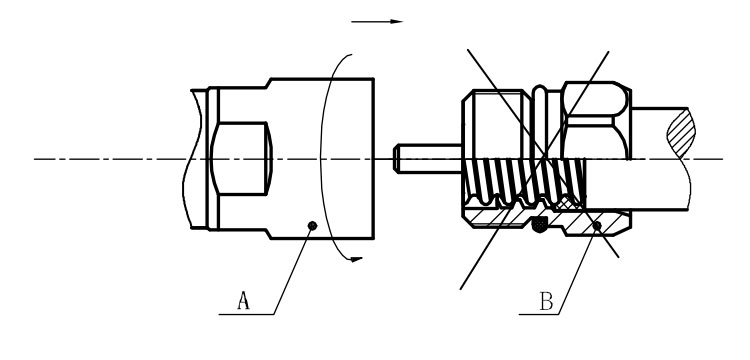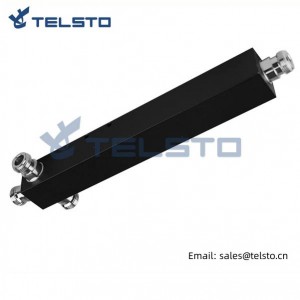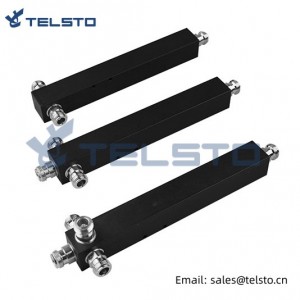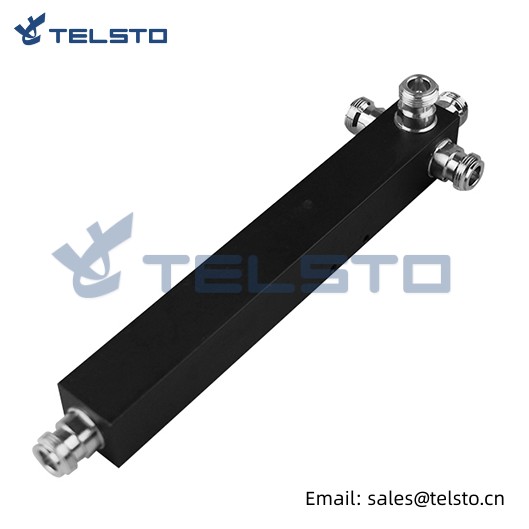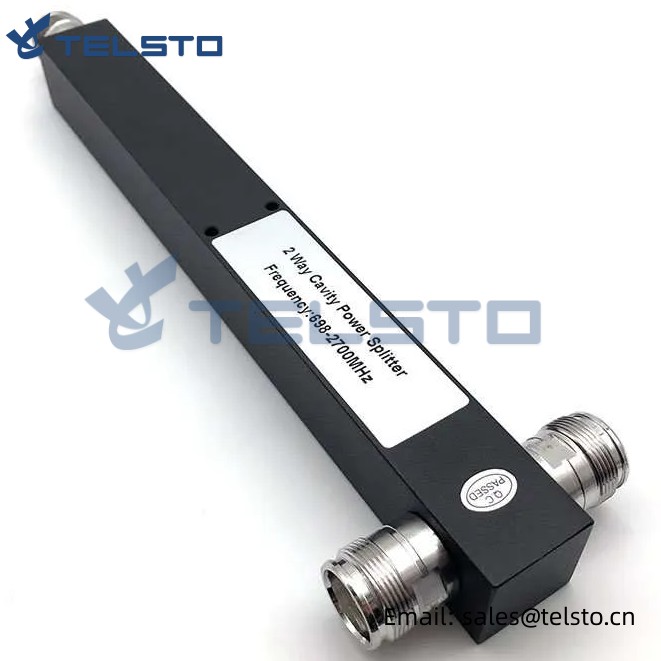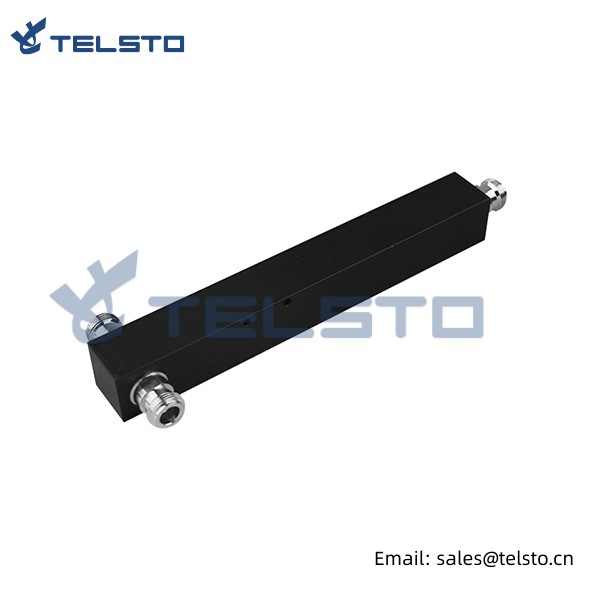Telsto Power splitters
Power splitters are passive devices for cellular band in Intelligent Building System (IBS), which are required to split/divide the input signal into multiple signals equally at separate output ports to enable balancing-out the power budget of the network.
Telsto Power splitters are in 2, 3 and 4 ways, use strip line and cavity craftwork with silver plated, metal conductors in aluminum housings, with excellent input VSWR, high power ratings, low PIM and very low losses. Excellent design techniques allow bandwidths that extend from 698 to 2700 MHz in housing of convenient length. Cavity splitters are frequently employed in in-building wireless coverage and outdoor distribution systems. because they are virtually indestructible, low loss and low PIM.
Application:
Widely used for Cellular DCS/CDMA/GSM/2G/3G/Wifi/WiMax applications.
1. Used in telecommunication application to split the one Input signal into more paths.
2. Mobile Communication Network Optimization and In-door distribution system.
3. Cluster communication, satellite communication, shortwave communication and hopping radio.
4. Radar, electronic navigation and electronic confrontation.
5. Aerospace equipment systems.
| General Specification | TEL-PS-2 | TEL-PS-3 | TEL-PS-4 |
| Frequency Range (MHz) | 698-2700 | ||
| Way No(dB)* | 2 | 3 | 4 |
| Divided Loss(dB) | 3 | 4.8 | 6 |
| VSWR | ≤1.20 | ≤1.25 | ≤1.30 |
| Insertion Loss(dB) | ≤0.20 | ≤0.30 | ≤0.40 |
| PIM3(dBc) | ≤-150(@+43dBm×2) | ||
| Impedance (Ω) | 50 | ||
| Power Rating(W) | 300 | ||
| Power peak (W) | 1000 | ||
| Connector | N-F | ||
| Temperature Range(℃) | -20~+70 | ||
Installation Instructions of N or 7 / 16 or 4310 1 / 2″ super flexible cable
Structure of connector: ( Fig1 )
A. front nut
B. back nut
C. gasket
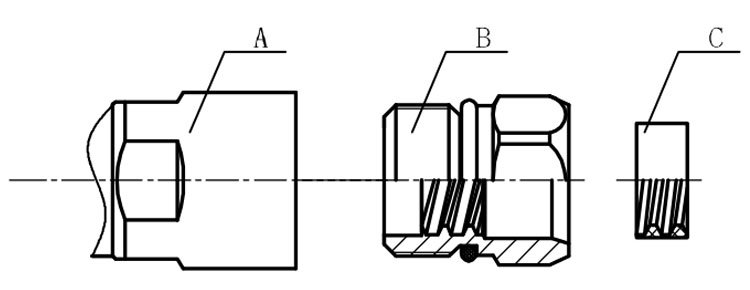
Stripping dimensions is as shown by diagram ( Fig2 ), attention should be paid while stripping:
1. The end surface of inner conductor should be chamfered.
2. Remove impurities such as copper scale and burr on the end surface of the cable.
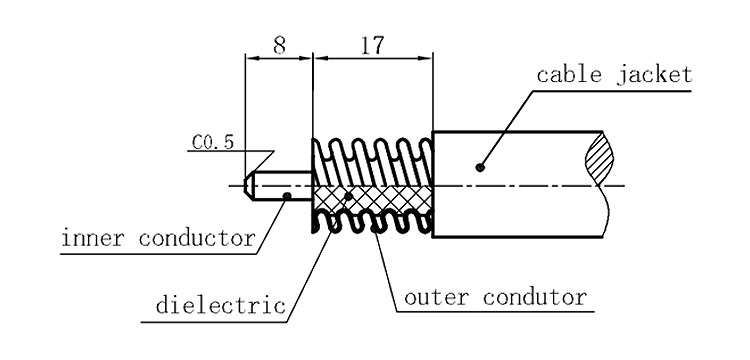
Assembling the sealing part: Screw the sealing part in along the outer conductor of the cable as shown by the diagram ( Fig3).
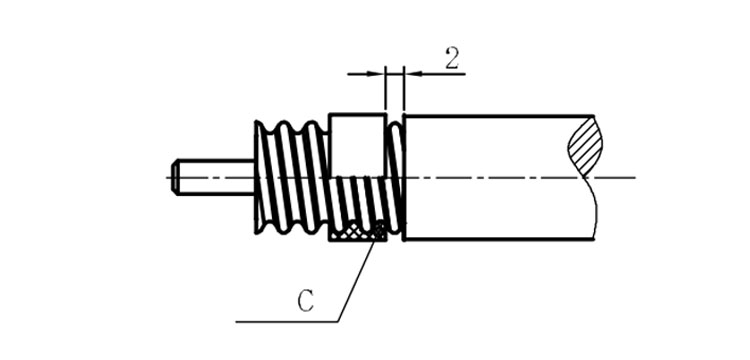
Assembling the back nut (Fig3).
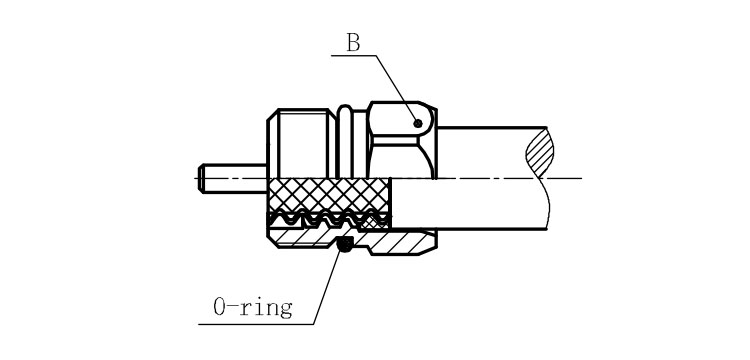
Combine the front and back nut by screwing as shown by diagram ( Figs( 5)
1. Before screwing, smear a layer of lubricating grease on the o-ring.
2. Keep the back nut and the cable motionless, Screw on main shell body on back shell body. Screw down main shell body of back shell body using monkey wrench. Assembling is finished.
